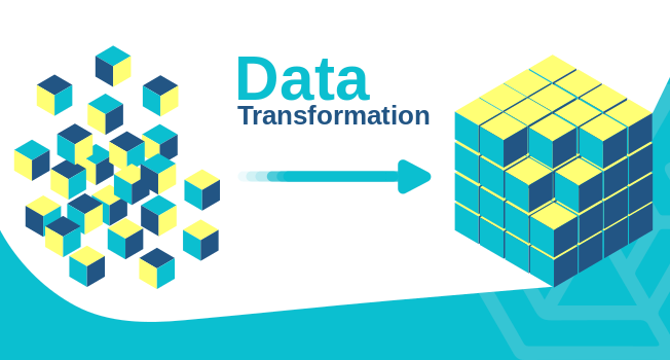Medium
1w
174

Image Credit: Medium
The Art of Data Transformation
- Data transformation is essential in data science to make raw data useful for analysis, enhancing data quality, and facilitating integration from multiple sources. They enhance the performance and accuracy of statistical models and algorithms, facilitate meaningful data comparison, and ensure consistency across different data sets. Techniques like tokenization, stemming, and lemmatization are used to reduce the number of unique words the model has to handle, thereby focusing on the essence rather than the form of the word in text data transformations. In numerical data processing, transformations can reduce the effects of skewness and outliers leading to improvements in model accuracy and robustness. Transforming categorical data into numerical formats allows machine learning models to process and learn from the data, and proper encoding of categorical variables impacts the model's performance.
- Transformations can be used to enhance or isolate certain features within an image that are important for a specific analysis. Before feeding images into a model, it is often necessary to preprocess them to make them suitable for analysis. Techniques like Bag of Words, Term Frequency-Inverse Document Frequency, and word embeddings not only convert text into numerical values but also help in reducing the dimensionality so that the model can be trained using less computational power. Normalizing an image’s intensity values can reduce the effect of lighting variations and improve the consistency of input data, which is particularly important for achieving high performance in many image processing and machine learning applications.
- Categorical data transformations are important in machine learning because many models and algorithms cannot handle categorical data directly. These algorithms require numerical inputs, making it necessary to transform categorical variables into numerical formats. One-Hot Encoding creates a new binary column for each category of the variable, while Label Encoding assigns an integer to categorical data based on an explicit ordering. Replacing categories with their frequencies and values derived from the average value of the target variable for that category are useful when the frequency of categories is an essential characteristic for the model.
- Text data transformations, such as converting text into numerical formats like vectors, allow algorithms to perform statistical analysis, find patterns, and make predictions. Transformations such as lowercasing all letters, removing punctuation and standardizing terms ensure consistency across the dataset, which reduces complexity and improves the model’s performance.
- Transforming data to be more normally distributed or linearizing relationships between variables, can improve the effectiveness and predictiveness of statistical methods and machine learning algorithms. Many algorithms perform better when numerical input variables are on a similar scale, and transformations can be used to scale them. Translations can also be used to reduce the effects of skewness and outliers, leading to improvements in model accuracy and robustness in numerical data processing.
- Data augmentation using image transformations is essential for good performance while training deep learning models and for proper model training. Techniques like shifts, flips, rotations, and color changes increase the diversity of the dataset. Transformations can be utilized to enhance or isolate specific features within an image that are essential for a particular analysis. Random brightness and contrast adjustments, color separations, scaling pixel values, feature scaling, selective color channel usage, and the addition of random noise are examples of image transformations.
Read Full Article
10 Likes
For uninterrupted reading, download the app